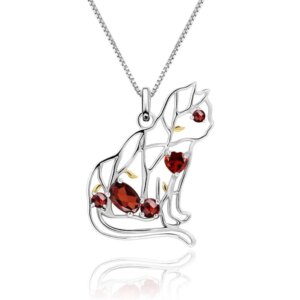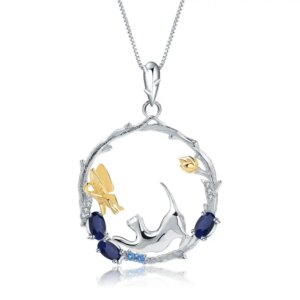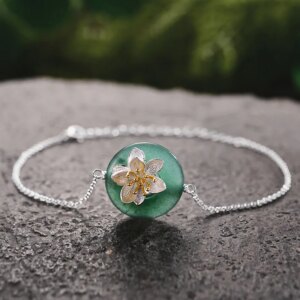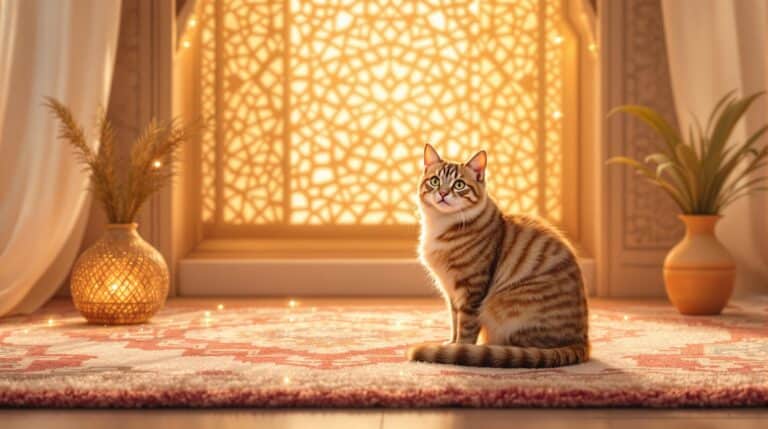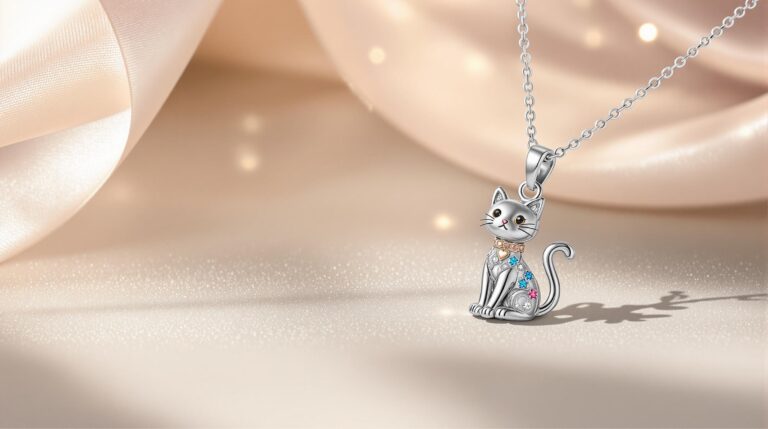At Cat Karma Creations, we understand that cats back twitches can be a concerning issue for pet owners. By understanding the causes and symptoms, you can provide the best care for your feline friend. This article will explore the common reasons behind cat back twitching, how to identify and treat it, and tips for preventing future occurrences. By the end, you’ll have a comprehensive guide to ensure your cat’s comfort and well-being.
Common Causes of Cats Back Twitching
Cat back twitching can be caused by a variety of factors, ranging from minor irritations to more serious health conditions. Understanding these causes is crucial for providing the right care for your cat.
Hyperesthesia Syndrome
Hyperesthesia syndrome, also known as rippling skin syndrome, is a condition that causes the cat’s skin to ripple and twitch, especially along the back. This is often accompanied by other symptoms such as excessive grooming, meowing, and restlessness. The exact cause is not fully understood, but it is believed to be related to overstimulation of the nervous system. Managing hyperesthesia syndrome often involves medication and behavior modification techniques. If you suspect your cat has this condition, we recommend consulting a veterinarian for a proper diagnosis and treatment plan.
Flea Bites
Flea bites can cause intense itching and discomfort, leading to back twitching in cats. Fleas are tiny parasites that feed on the blood of animals and can cause significant skin irritation. Regular flea control and maintaining a clean environment are essential for preventing flea infestations. Using flea control products and keeping your home and pet clean can help reduce the risk of flea bites and the associated back twitching. We offer a range of cat-themed gifts and accessories that can make grooming and flea control a more enjoyable experience for both you and your cat.
Skin Irritation
Skin irritation can also cause back twitching in cats. Common irritants include contact with certain materials, chemicals, or environmental factors. Symptoms of skin irritation include redness, itching, and swelling. Topical treatments and antihistamines can help alleviate these symptoms. Regular grooming and identifying and avoiding irritants are important steps in managing skin irritation. Our cat-themed jewelry can be a great way to show your love for your cat while keeping them comfortable and stylish.
Allergies
Allergies can cause a range of symptoms in cats, including back twitching. Common allergens include pollen, dust, and certain foods. Symptoms of allergies may include sneezing, itching, and skin rashes. Identifying and avoiding allergens, along with using antihistamines and corticosteroids, can help manage allergy-related back twitching. A hypoallergenic diet and regular vet check-ups can also be beneficial. We understand the importance of a healthy diet for your cat, and we offer nature-inspired gifts that can complement a healthy lifestyle.
Neurological Issues
Neurological issues, such as underlying conditions affecting the nervous system, can cause back twitching in cats. Symptoms may include seizures, tremors, and muscle weakness. Early diagnosis and regular vet check-ups are crucial for managing neurological issues. Treatment options may include medication and physical therapy. If you suspect a neurological issue, it is important to consult with a veterinarian for a proper diagnosis and treatment plan. Our sterling silver jewelry can be a beautiful and meaningful way to show your support for your cat’s health and well-being.
Symptoms of Cats Back Twitching
Identifying the symptoms of cat back twitching is essential for determining the underlying cause and providing appropriate care. Here are some common symptoms to watch for:
Back Twitching and Pain
Back twitching can sometimes be accompanied by pain, especially if it is due to a more serious condition such as a neurological issue. If your cat shows signs of pain, such as reluctance to move or sensitivity to touch, it is important to seek veterinary help. Pain can be a sign of a more serious underlying issue, and prompt treatment can help prevent further complications. We recommend consulting a veterinarian if you notice any signs of pain in your cat.
Back Twitching and Meowing
Cats may meow when they experience back twitching, which can indicate discomfort or distress. Excessive meowing, especially when combined with other symptoms, can be a sign of a more serious issue. If your cat is meowing more frequently or in a different manner, it is important to monitor their behavior and consult with a veterinarian if necessary. Meowing can be a way for your cat to communicate their discomfort and seek attention. Our cat-themed jewelry can be a thoughtful gift to show your cat how much you care.
Back Twitching and Shaking
Back twitching can sometimes be accompanied by shaking, which can be a sign of stress or anxiety. Shaking can also be a symptom of other health issues, such as hyperesthesia syndrome or neurological conditions. If your cat is shaking in addition to back twitching, it is important to monitor their behavior and seek veterinary advice. Gentle handling and a calm environment can help reduce stress and anxiety in your cat. We offer a variety of jewelry pieces that can help you create a calming and comforting environment for your cat.
Back Twitching and Stress
Stress and anxiety can cause back twitching in cats. Cats are sensitive to their environment and can become stressed by changes in routine, new people or pets, or other factors. Symptoms of stress may include back twitching, restlessness, and changes in behavior. Creating a calm and stable environment, along with regular playtime and interaction, can help reduce stress and anxiety in your cat. If stress is a significant issue, consult with a veterinarian for additional support and resources. Our nature-inspired gifts can help create a peaceful and relaxing environment for your cat.
Treatment Options for Cats Back Twitching
Treating cat back twitching involves addressing the underlying cause and providing appropriate care. Here are some treatment options to consider:
Natural Remedies
Natural remedies can be effective for managing mild cases of cat back twitching. These include herbal supplements, essential oils, and natural anti-inflammatory agents. For example, chamomile and valerian root can help reduce stress and anxiety, while aloe vera and coconut oil can soothe skin irritation. Always consult with a veterinarian before using any natural remedies to ensure they are safe and appropriate for your cat. Our sterling silver jewelry can be a beautiful and meaningful way to show your support for your cat’s natural healing process.
Veterinary Treatments
Veterinary treatments are often necessary for more severe cases of cat back twitching. These may include medication, such as antihistamines, corticosteroids, and pain relievers. In some cases, physical therapy and behavior modification techniques may also be recommended. Regular vet check-ups and follow-up appointments are important for monitoring your cat’s progress and adjusting the treatment plan as needed. We recommend consulting a veterinarian for professional advice and support.
Behavioral Modifications
Behavioral modifications can help manage cat back twitching, especially if it is related to stress or anxiety. Techniques such as desensitization and counter-conditioning can be effective for reducing stress and promoting a more relaxed state. Providing a safe and comfortable environment, along with regular playtime and interaction, can also help your cat feel more secure and less anxious. Consult with a veterinarian or a professional animal behaviorist for guidance on implementing behavioral modifications. Our cat-themed jewelry can be a thoughtful gift to show your cat how much you care about their well-being.
Preventing Cats Back Twitching
Preventing cat back twitching involves addressing the underlying causes and creating a healthy environment for your cat. Here are some tips to consider:
Regular Grooming
Regular grooming is essential for maintaining your cat’s skin and coat health. Brushing your cat’s fur regularly can help remove loose hair, prevent matting, and stimulate the skin. This can also help identify any skin issues early on, such as flea bites or skin irritation. Regular grooming sessions can be a bonding experience for you and your cat, and can contribute to their overall well-being. We offer a range of cat-themed jewelry that can make grooming a more enjoyable experience for both you and your cat.
Flea Control
Flea control is a crucial aspect of preventing cat back twitching. Fleas can cause significant discomfort and skin irritation, leading to back twitching and other symptoms. Using flea control products, such as flea collars, sprays, and shampoos, can help prevent flea infestations. Regularly cleaning your home and washing your cat’s bedding can also help reduce the risk of flea bites. We recommend using high-quality flea control products and maintaining a clean environment to keep your cat healthy and happy.
Stress Reduction Techniques
Reducing stress and anxiety in your cat’s environment can help prevent back twitching. Techniques such as providing a safe and comfortable space, using calming pheromone diffusers, and engaging in regular playtime can help your cat feel more relaxed and secure. Creating a predictable routine and minimizing changes in the environment can also help reduce stress. If stress is a significant issue, consult with a veterinarian for additional support and resources. Our nature-inspired gifts can help create a peaceful and relaxing environment for your cat.
Popular Quote
"Cats are connoisseurs of comfort." – James Herriot
This quote highlights the importance of creating a comfortable and stress-free environment for your feline friend, which can help prevent and manage back twitching.
Statistical Fact
According to the American Veterinary Medical Association (AVMA), approximately 30% of cats suffer from skin conditions that can cause back twitching. This statistic underscores the importance of regular vet check-ups and proactive care to ensure your cat’s health and well-being. (Source: AVMA)
Three Tips for Managing Cat Back Twitching
- Regular Vet Check-ups: Schedule regular vet visits to monitor your cat’s health and catch any issues early. Early detection can prevent more serious problems and ensure your cat remains comfortable.
- Stress Reduction: Create a calm and predictable environment for your cat. Use calming pheromone diffusers, provide a safe space, and engage in regular playtime to reduce stress and anxiety.
- Natural Remedies: Consider using natural remedies like chamomile and valerian root to help reduce stress and soothe skin irritation. Always consult with a veterinarian before using any new treatments.
Popular Questions About Cats Back Twitching
- What are the most common causes of cat back twitching? The most common causes include hyperesthesia syndrome, flea bites, skin irritation, allergies, and neurological issues.
- How can I tell if my cat’s back twitching is a sign of a serious health issue? If your cat’s back twitching is accompanied by pain, meowing, shaking, or other unusual symptoms, it may be a sign of a more serious issue. Consult a veterinarian for a proper diagnosis.
- What natural remedies can I use to help my cat with back twitching? Chamomile, valerian root, aloe vera, and coconut oil can be effective natural remedies. Always consult with a veterinarian before using any new treatments.
- How can I reduce stress and anxiety in my cat? Create a calm and predictable environment, use calming pheromone diffusers, and engage in regular playtime and interaction.
Final Thoughts About Cats Back Twitches
Understanding and managing cats back twitches is crucial for maintaining your pet’s health and happiness. By identifying the causes, recognizing the symptoms, and implementing appropriate treatments and preventive measures, you can ensure your cat remains comfortable and content. If you have any concerns, always consult with a veterinarian for professional advice. For more information and unique cat-themed gifts, visit Cat Karma Creations. If you need any assistance or have questions, feel free to contact us at info@catkarmacreations.com or call us at (800) 343-1604. We are here to support you and your feline friend every step of the way.
| Feature | Hyperesthesia Syndrome | Flea Bites | Skin Irritation | Allergies | Neurological Issues |
|---|---|---|---|---|---|
| Causes | Overstimulation of the nervous system | Flea infestations | Contact with irritants | Exposure to allergens | Underlying neurological conditions |
| Symptoms | Back twitching, skin rippling, excessive grooming | Itching, redness, hair loss | Redness, itching, swelling | Sneezing, itching, skin rashes | Seizures, tremors, muscle weakness |
| Treatment | Medication, behavior modification | Flea control products, environmental management | Topical treatments, antihistamines | Antihistamines, corticosteroids | Medication, physical therapy |
| Prevention | Avoid overstimulation, regular vet check-ups | Regular flea prevention, clean environment | Avoid irritants, regular grooming | Identify and avoid allergens, hypoallergenic diet | Early diagnosis, regular vet check-ups |
| Impact on Cat’s Behavior | Increased anxiety, restlessness | Irritability, discomfort | Discomfort, restlessness | Irritability, discomfort | Changes in behavior, reduced mobility |
- Understand the common causes of cat back twitching, such as hyperesthesia syndrome and skin irritation.
- Learn how to identify the symptoms of cat back twitching and differentiate them from other health issues.
- Explore natural and veterinary treatment options for managing cat back twitching.
- Discover ways to prevent cat back twitching, including regular grooming and flea control.
- Understand the impact of stress and anxiety on cat back twitching and how to create a calming environment.
- Learn how to support your cat’s overall health and well-being through regular vet check-ups and a balanced diet.


